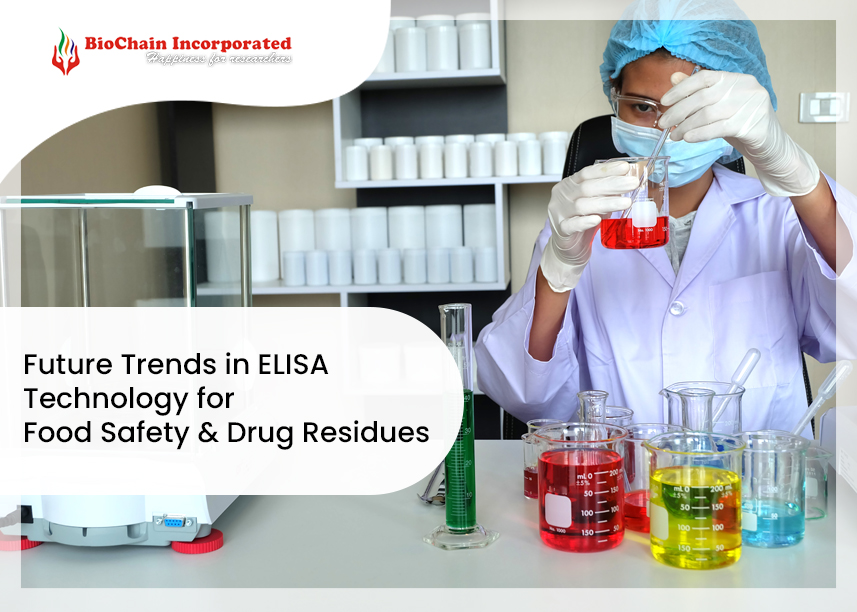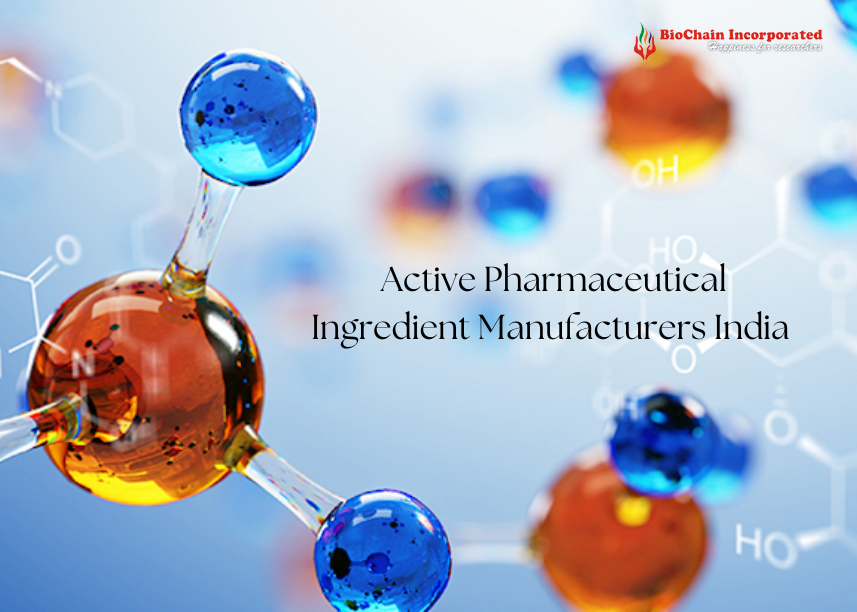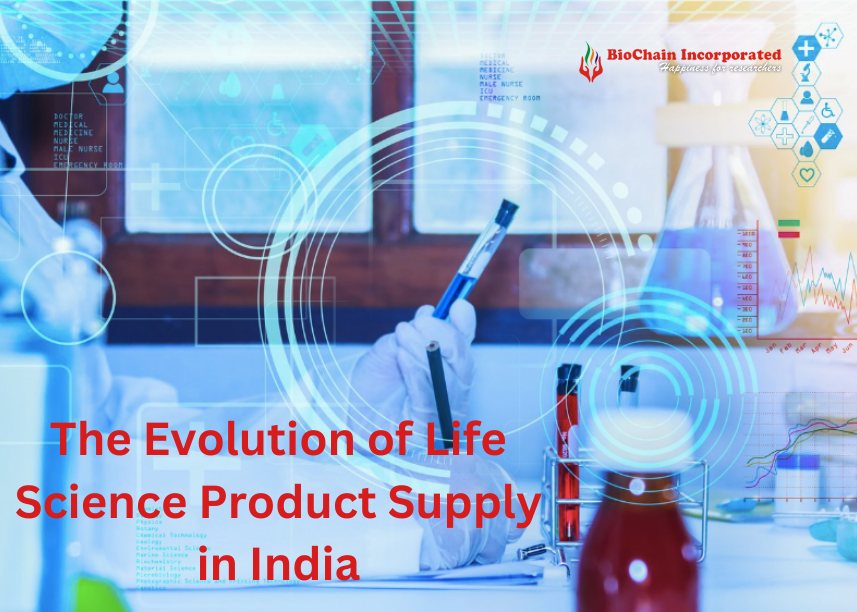Future Trends in ELISA Technology for Food Safety and Drug Residues
As we move towards the complexity of modern food production and consumption, ensuring the safety and integrity of the food supply remains paramount. ELISA (Enzyme-Linked Immunosorbent Assay) technology has long been at the forefront of food safety testing, providing fast, sensitive and cost-effective solutions for the detection of drug residues and contaminants in food. Moving forward, innovative directions shaping the future of ELISA technology and its role in ensuring food safety and security will be explored.
Know about ELISA Kit
An Enzyme-Linked Immunosorbent Assay (ELISA) kit is a diagnostic tool used in a laboratory to detect the presence of specific substances such as proteins, peptides, hormones, antibodies or antigens in a sample. ELISA kits are widely used in fields such as medical diagnosis, biomedical research, veterinary medicine, environmental monitoring and food safety testing. Get the best Food safety rapid test kit
Only from Biochain, one of the leading Food safety rapid test kit suppliers in india.
An ELISA test usually involves several steps:
-
Coating: The wells of the microplate are covered with a capture antibody or antigen that specifically binds to the target substance in the sample.
-
Blocking: The wells of the microplate are blocked with a blocking buffer to prevent non-specific binding of other substances to the surface of the microplate.
-
Sample incubation: a sample containing the targeting agent is added to the wells of the microplate and allowed to incubate, allowing the targeting agent to bind to the capturing antibody or antigen.
-
Washing: The wells of the microplate are washed to remove all unbound substances and impurities from the wells.
-
Detection Antibody Incubation: An enzyme-linked detection antibody is added to the wells of a microplate and allowed to incubate, during which it binds to target substances captured on the microplate.
-
Washing: The microplate wells are washed again to remove any unbound detection antibodies.
-
Substrate Addition: A substrate solution is added to the microplate wells and an enzyme-linked detection antibody catalyzes a reaction with the substrate, producing a measurable signal (eg, color change or fluorescence) that is proportional to the amount. of the target substance. is present in the rehearsal.
-
Signal measurement: The signal generated in each microplate well is measured by a spectrophotometer or fluorescence reader, and the concentration of the target substance in the sample is determined based on the signal intensity.
1. Advances in Multiplexing
Multiplex ELISAs capable of detecting multiple analytes simultaneously have the potential to revolutionize food safety testing. These advanced tests allow the detection of multiple drug residues or contaminants in a single sample, saving time, effort and resources. By using multiplex technology, food manufacturers and regulatory agencies can improve the efficiency and performance of food safety testing while maintaining high accuracy and reliability.
2. Miniaturization and point-of-care testing
The miniaturization of ELISA technology enables the development of portable and point-of-care testing devices for on-site food safety testing. These compact and user-friendly devices enable rapid analysis of food samples directly at the point of production, distribution or consumption. With real-time results and minimal sample preparation requirements, ELISA testing promises to revolutionize food safety monitoring, especially in remote or resource-limited settings.
3. Improved sensitivity and Specificity
Continued R&D efforts are focused on improving the sensitivity and specificity of ELISA tests to detect low levels of drug residues and contaminants in food. By optimizing analytical parameters, improving antibody specificity and using advanced detection methods, researchers are striving to push the limits of detection to unprecedented levels. These advances enable more accurate and reliable detection of even small amounts of impurities, further improving food safety and consumer protection.
4. Integration with Emerging Technologies
ELISA technology is increasingly integrated with emerging technologies such as microfluidics, nanotechnology, and artificial intelligence (AI) to improve performance and capability. Microfluidic-based ELISA platforms offer precise control of sample handling and analysis, enabling a fast and efficient testing workflow. Nanomaterials and nanobiosensors improve sensitivity and signal amplification, improving the detection limits of ELISA assays. Artificial intelligence algorithms are used to analyze and interpret data, speed up decision-making and improve diagnostic accuracy.
5. Blockchain technology for traceability
Blockchain technology is being explored as a way to improve traceability and transparency in food chains. By integrating ELISA test data into blockchain-based platforms, stakeholders can track and trace the journey of food from farm to table, ensuring accountability and authenticity at every step. This integration enables rapid identification and containment of food safety issues, minimizing the impact on public health and consumer confidence.
Conclusion
Looking forward, advances in ELISA technology hold tremendous promise for improving food safety and security worldwide. From advances in multiplexing and miniaturization to improvements in sensitivity and specificity, ELISA technology is poised to revolutionize the way we detect and prevent drug residues and contaminants in food. Through innovation and collaboration, we can harness the power of ELISA technology to create a safer and more sustainable food system for future generations. Together, we are paving the way to a future where food security is unquestionable and every meal is a source of nourishment, confidence and peace of mind. For quality Food safety rapid test kit contact Biochain, one of the best Food safety rapid test kit suppliers in india. Contact Now.



.png)

.png)


.png)
.png)
.png)
.png)
.png)